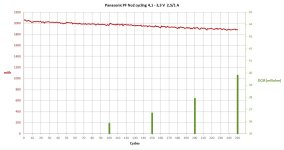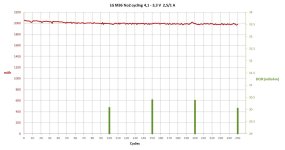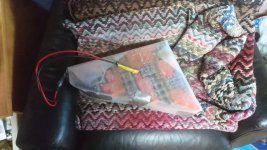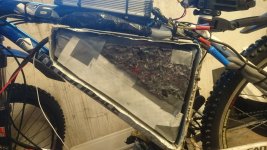Average DoD% is a **hugely** significant longevity factor. Do **not** discount the impact of this factor, that "avg DoD vs cycle lifetime" graph's curve may have different slope ratios, but has a similar shape with **every** chemistry afaik.
But only cycling to 50% while common in lead circles, is just whacko, hardly ever heard of anyone doing that with any version of lithium, and especially not in propulsion use cases.
Carrying around 80% more weight spending 80% more money, to get the same range, just does not make much sense for most users.
Certainly, always going to 80-90% DoD every trip, compared to only occasionally, averaging say 65-75% instead, I think is a reasonable longevity-extending strategy.
But then these aren't hard lines, greyscale all the way, your rig your choice.
But only cycling to 50% while common in lead circles, is just whacko, hardly ever heard of anyone doing that with any version of lithium, and especially not in propulsion use cases.
Carrying around 80% more weight spending 80% more money, to get the same range, just does not make much sense for most users.
Certainly, always going to 80-90% DoD every trip, compared to only occasionally, averaging say 65-75% instead, I think is a reasonable longevity-extending strategy.
But then these aren't hard lines, greyscale all the way, your rig your choice.





